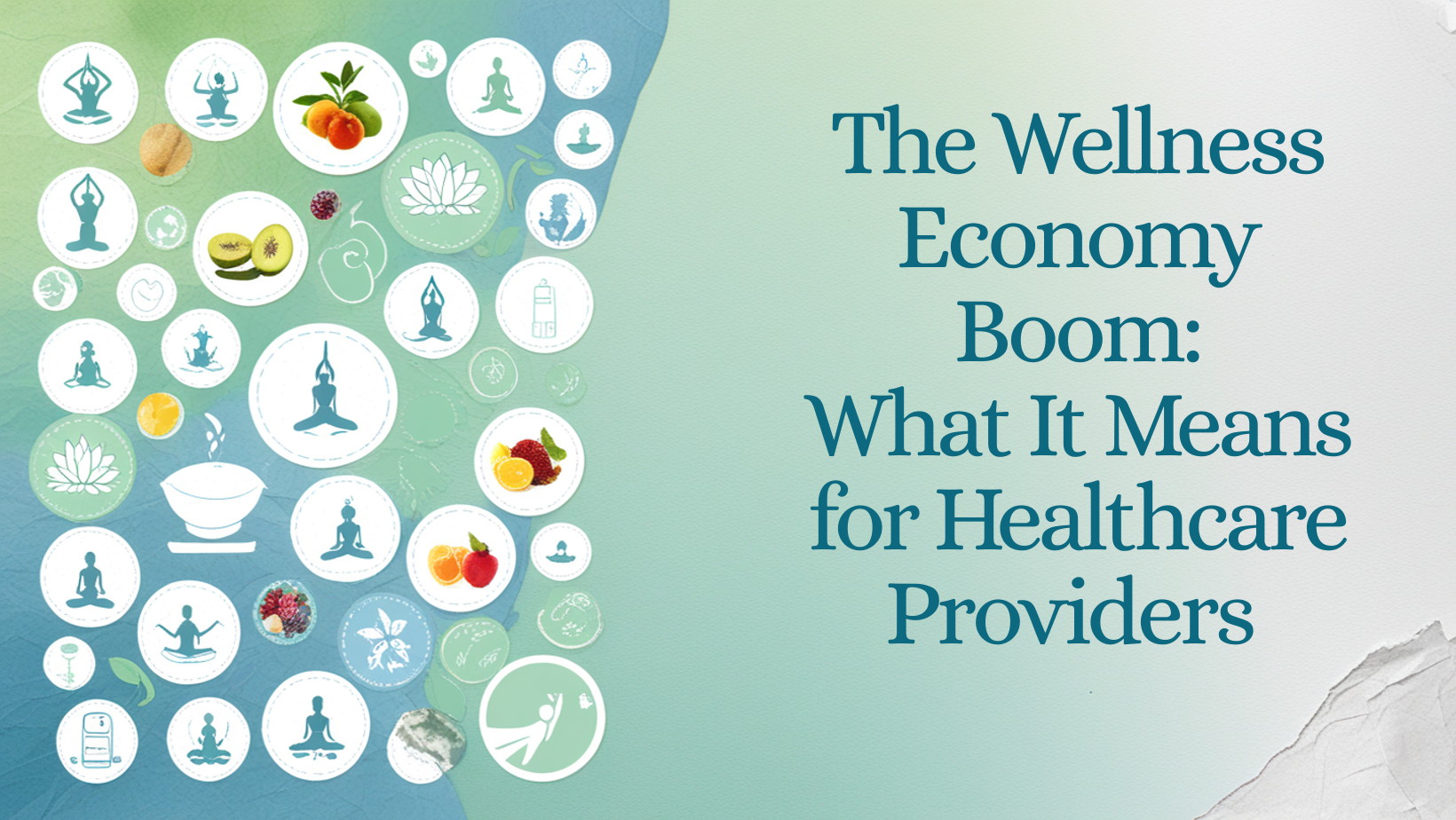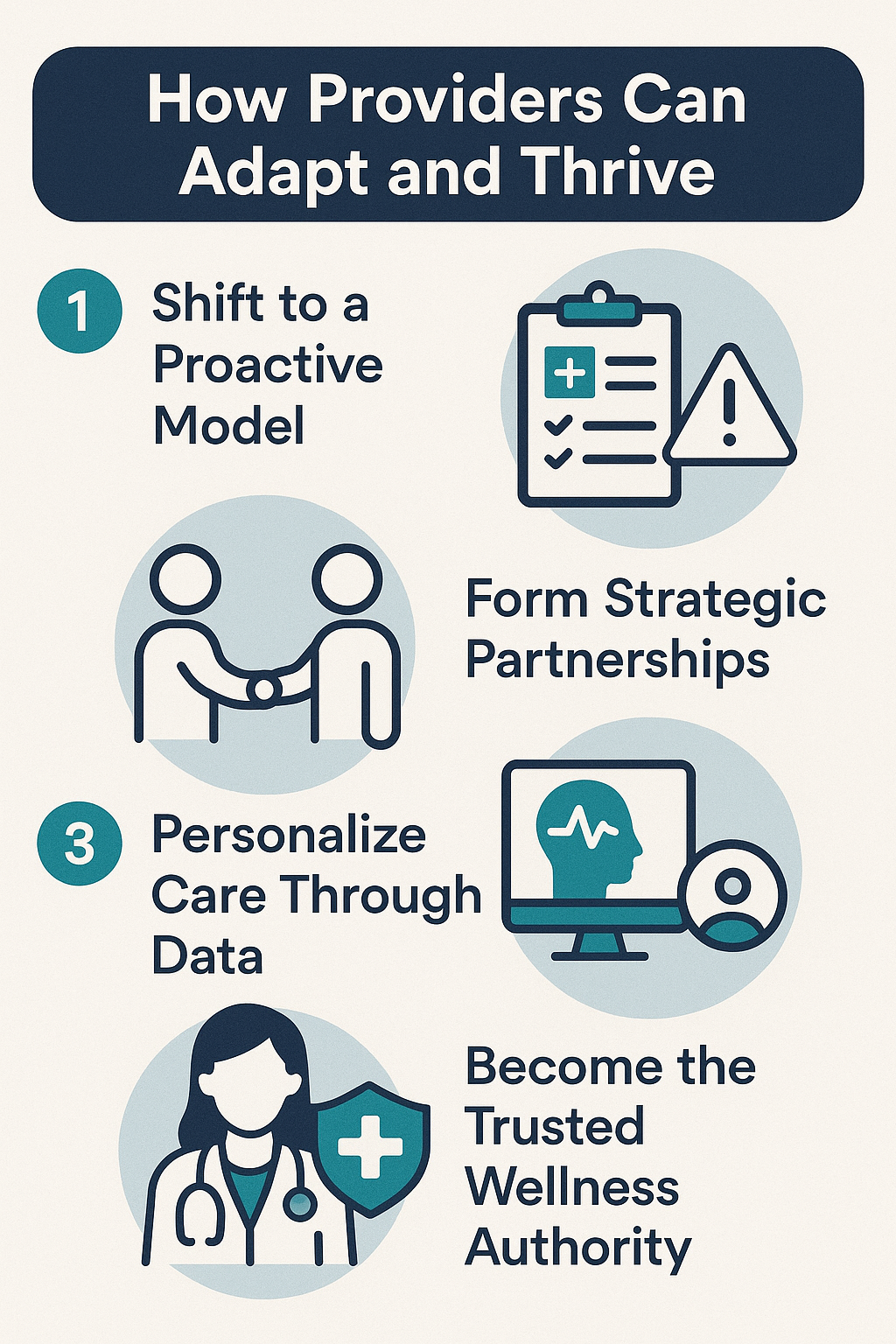
The Wellness Economy Is Redefining Healthcare — Are You Ready?
Healthcare is no longer just about curing illness — it’s about competing with billion-dollar wellness apps, fitness wearables, and lifestyle brands.
From Manchester to Munich, consumers are reshaping what it means to “stay healthy.” The days of passively waiting for treatment are over. People are actively investing in their health—and they’re willing to spend big on solutions that prevent illness, boost performance, and enhance well-being.
This movement has turned the wellness sector into a $6.3 trillion global market (Global Wellness Institute, 2024), projected to hit $9 trillion by 2028. For perspective, that’s bigger than the combined GDP of Germany and India.
For healthcare providers, this isn’t just a side trend. It’s a seismic shift in how patients behave, where they spend, and who they trust for guidance.
Who Is the “Wellness Consumer”?
Today’s healthcare consumer is not just a patient — they’re a proactive health manager.
They are:
Key Wellness Sectors Driving Growth (suggested visual: pie chart of market breakdown):
This consumer base is global:
Why This Matters for Healthcare Providers
The wellness boom is blurring the lines between traditional healthcare and lifestyle health.
Four key implications for providers:
1. Increased Competition
Wellness brands like Peloton, Calm, and Noom are delivering services once exclusive to medical providers — from nutrition plans to mental health support.
2. Demand for Holistic Care
Patients expect care that addresses physical, mental, and emotional health in one place.
3. Emphasis on Prevention
With 74% of global deaths caused by chronic illnesses (WHO), consumers are seeking preventive guidance to avoid becoming part of that statistic.
4. Digital Expectations
Patients want telehealth, app integration, and remote monitoring as part of their everyday health journey.
How Providers Can Adapt and Thrive

The smartest healthcare organizations are integrating wellness into their offerings rather than competing against it.
1. Shift to a Proactive Model
Move from episodic care to continuous health management.
2. Form Strategic Partnerships
Partner with wellness companies to expand service reach.
3. Personalize Care Through Data
Use wearable data, genetic testing, and AI to tailor care.
4. Become the Trusted Wellness Authority
Combat misinformation by publishing evidence-based health content.
The Global View: Where Wellness Is Heading
The next wave of wellness will be hyper-personalized, tech-enabled, and integrated into daily life.
Emerging trends to watch:
The Bottom Line
The wellness economy is not a fad — it’s a permanent shift in the health landscape.
Healthcare providers who adapt now will:
At MYFUNDBOX, we help healthcare and wellness providers simplify recurring payments, automate billing, and improve cash flow — so you can focus on delivering the care and programs your patients value most.
If you’re ready to align your services with the wellness economy’s growth, let MYFUNDBOX streamline your subscription or membership plans.
Let’s talk about how we can help you scale without the chaos.
.png)
.png)















